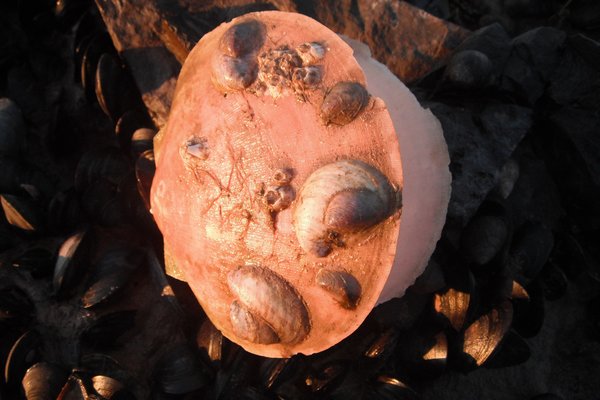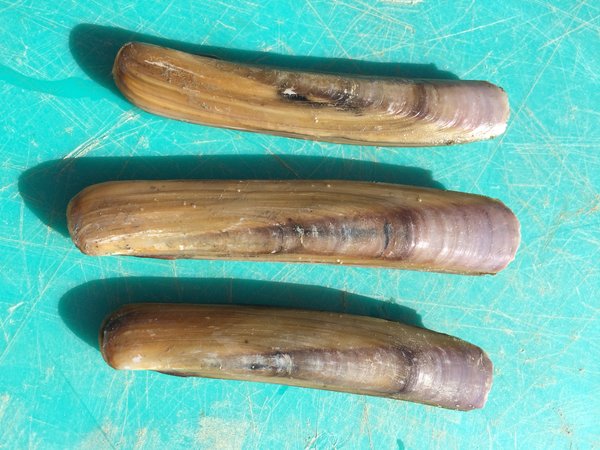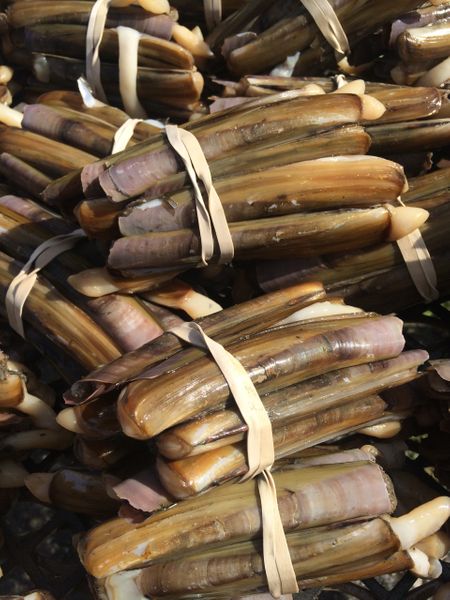Tortoiseshell Limpet (Acmaea testudinalis)
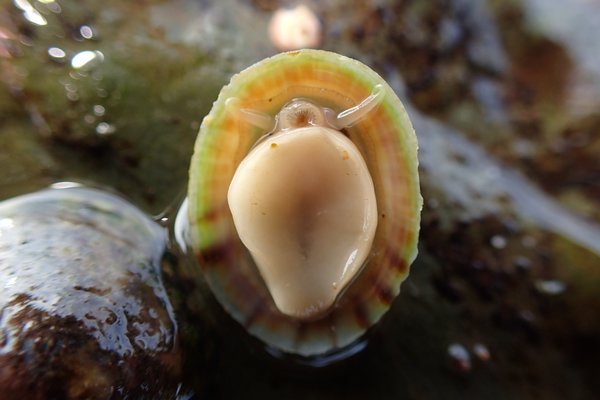

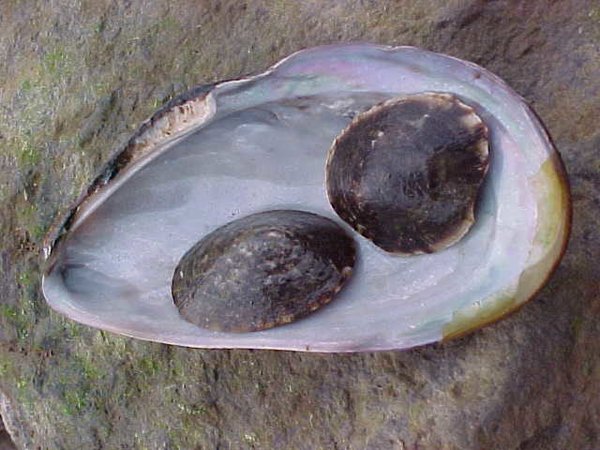

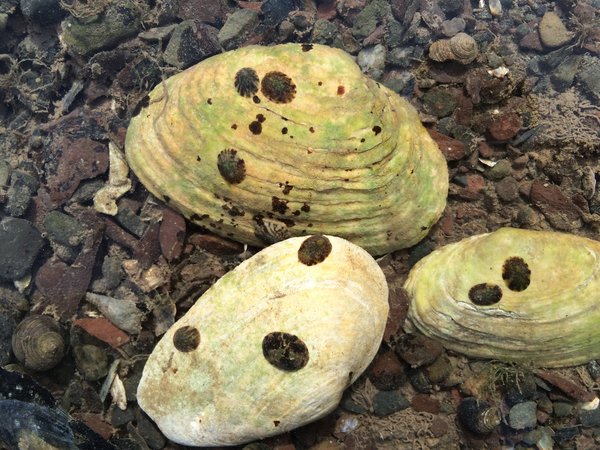
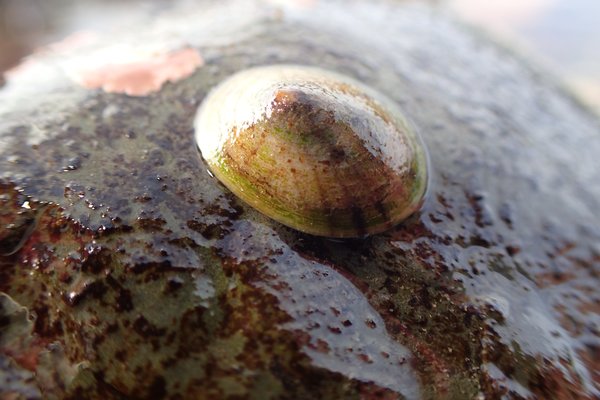

Tortoiseshell Limpet (Acmaea testudinalis)
Common name: tortoiseshell limpet
Scientific name: Acmaea testudinalis
Locations: grows on smooth rocks and shells in the lower intertidal
Seasonality: available all year
Colors: dark brown or black with streaks from top to bottom of shell
Size: 1/4" - 1+"
Collected: by hand, knife to detach them from rocks
Quantity: sold by the each
Tidepool Tim says, "Limpets are a captivating little mollusc with their unique Asian-styled dome shells resembling a reed hat. Limpets are like cattle and graze on algae that cover the rocks that they call home. Typically in our area - the larger the smooth rock where they live - the larger the limpet. If we want to find smaller limpets we look for the quarter and dime sized smooth rocks or even look on dead clam shells. It is easy to get a limpet from a rock if you surprise them and quickly push them sideways across the surface. If you fumble or go slowly, their powerful foot creates a tremendously strong suction holding them fixed to the surface. At this point, one must use a knife blade to break the suction and get them off. Limpets graze all around their rocky surfaces, but each day before the tide recedes - they go back to the exact same spot to rest each time. This creates a 'scar' on the rock - this is the place they call home. Some limpets become camouflaged with different species of seaweeds that will affix to their shells and start to grow. In this case, the limpets get a "wild & crazy hairdo" of sea lettuce, tangleweed, or laver waving to and frow above their shells. This also helps them to stay hidden when the tide goes out again - might even promote survival - who knows? The largest tortoiseshell limpet I've ever found was a monster at almost 2" across! Wow!”


